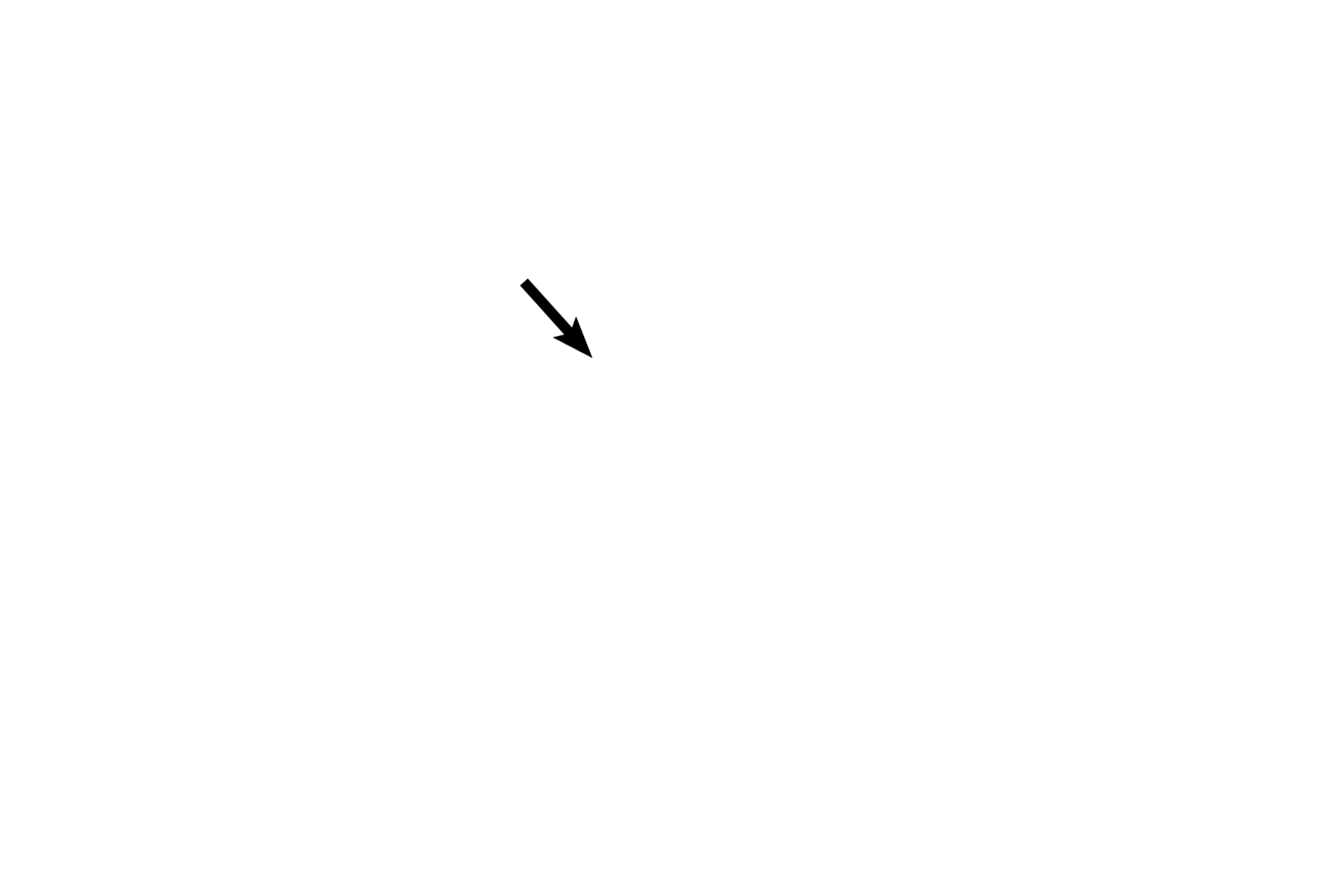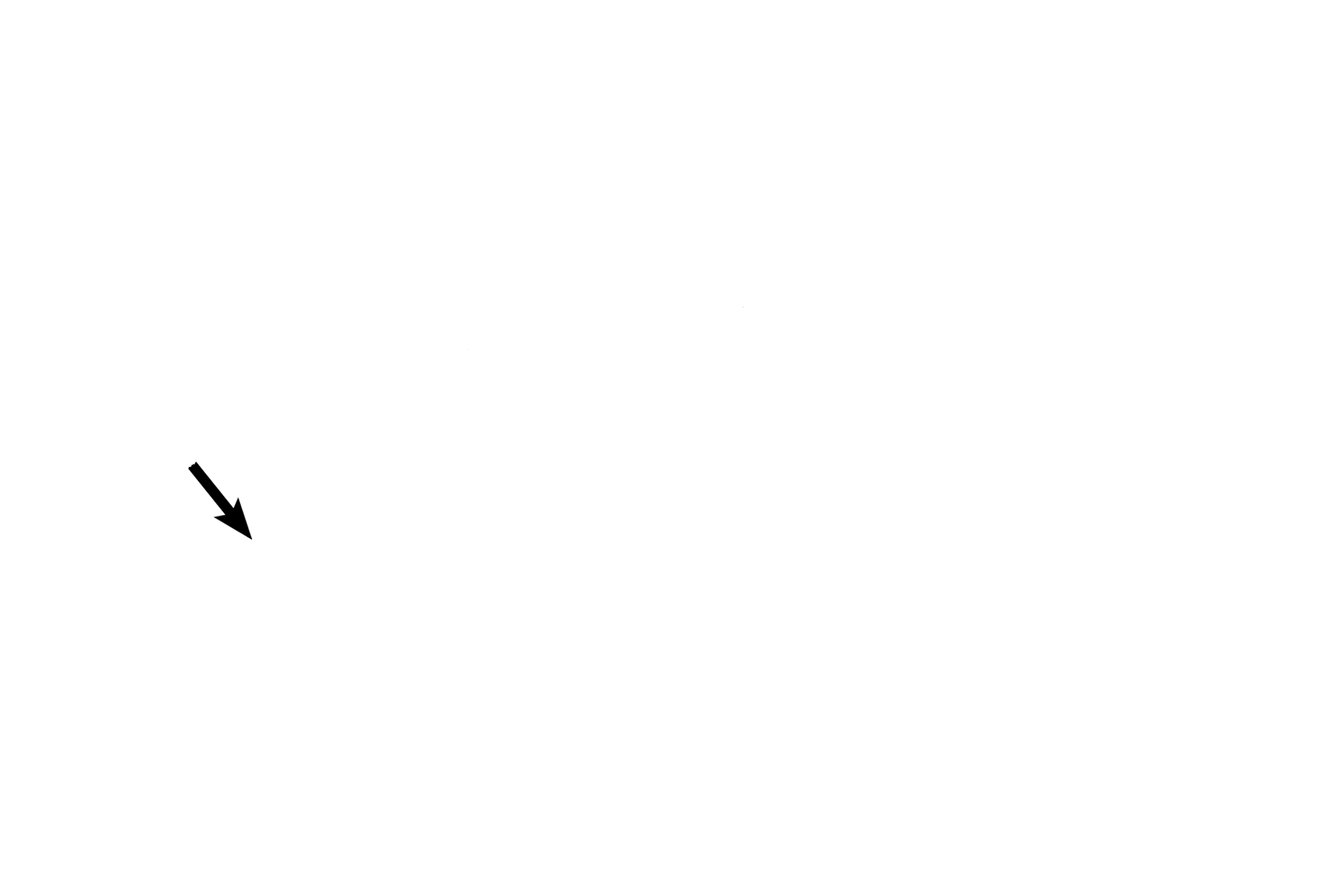
Middle ear
The middle ear, or tympanic cavity, is an air-filled space in the temporal bone that is lined by a mucosa. Three auditory ossicles span the cavity between the tympanic membrane and an opening in the wall of the inner ear, the oval window. The middle ear communicates with the mastoid air cells posteriorly and with the pharynx anteriorly through the auditory (Eustachian) tube.

Tempanic membrane
The middle ear, or tympanic cavity, is an air-filled space in the temporal bone that is lined by a mucosa. Three auditory ossicles span the cavity between the tympanic membrane and an opening in the wall of the inner ear, the oval window. The middle ear communicates with the mastoid air cells posteriorly and with pharynx anteriorly through the auditory (Eustachian) tube.

Middle ear
The middle ear, or tympanic cavity, is an air-filled space in the temporal bone that is lined by a mucosa. Three auditory ossicles span the cavity between the tympanic membrane and an opening in the wall of the inner ear, the oval window. The middle ear communicates with the mastoid air cells posteriorly and with pharynx anteriorly through the auditory (Eustachian) tube.

- Malleus >
The malleus, the first of the middle ear ossicles, is attached to the tympanic membrane and articulates with the incus. The auditory ossicles are covered by the mucosa that lines the middle ear cavity; tiny ligaments provide their support. Sound waves deflecting the tympanic membrane are converted into mechanical vibrations of the ossicles.

- Incus
The malleus, the first of the middle ear ossicles, is attached to the tympanic membrane and articulates with the incus. The auditory ossicles are covered by the mucosa that lines the middle ear cavity; tiny ligaments provide their support. Sound waves deflecting the tympanic membrane are converted into mechanical vibrations of the ossicles.

- Stapes >
The incus also articulates with the stapes, whose foot plate fits in the oval window. Movement of the stapes in the oval window transmits the mechanical vibrations of ossicles into a change in pressure in perilymph of the inner ear. This increased pressure is relieved by a bulging of the membrane covering the round window, which lies under the curve of the cochlea and is not visible here.

- Oval window
The incus also articulates with the stapes, whose foot plate fits in the oval window. Movement of the stapes in the oval window transmits the mechanical vibrations of ossicles into a change in pressure in perilymph of the inner ear. This increased pressure is relieved by a bulging of the membrane covering the round window, which lies under the curve of the cochlea and is not visible here.

Tensor tympani >
Excessively loud sounds are modulated by reflex contractions of the tensor tympani muscle, pulling the malleus away from the tympanic membrane; the attachment of tensor tympani to the malleus is not illustrated here. Stapedius muscle (not illustrated) aids in modulating sound by pulling the stapes’ footplate away from the oval window.

Eustachian tube >
The middle ear communicates with the pharynx anteriorly through the auditory (Eustachian) tube and with the mastoid air cells posteriorly.